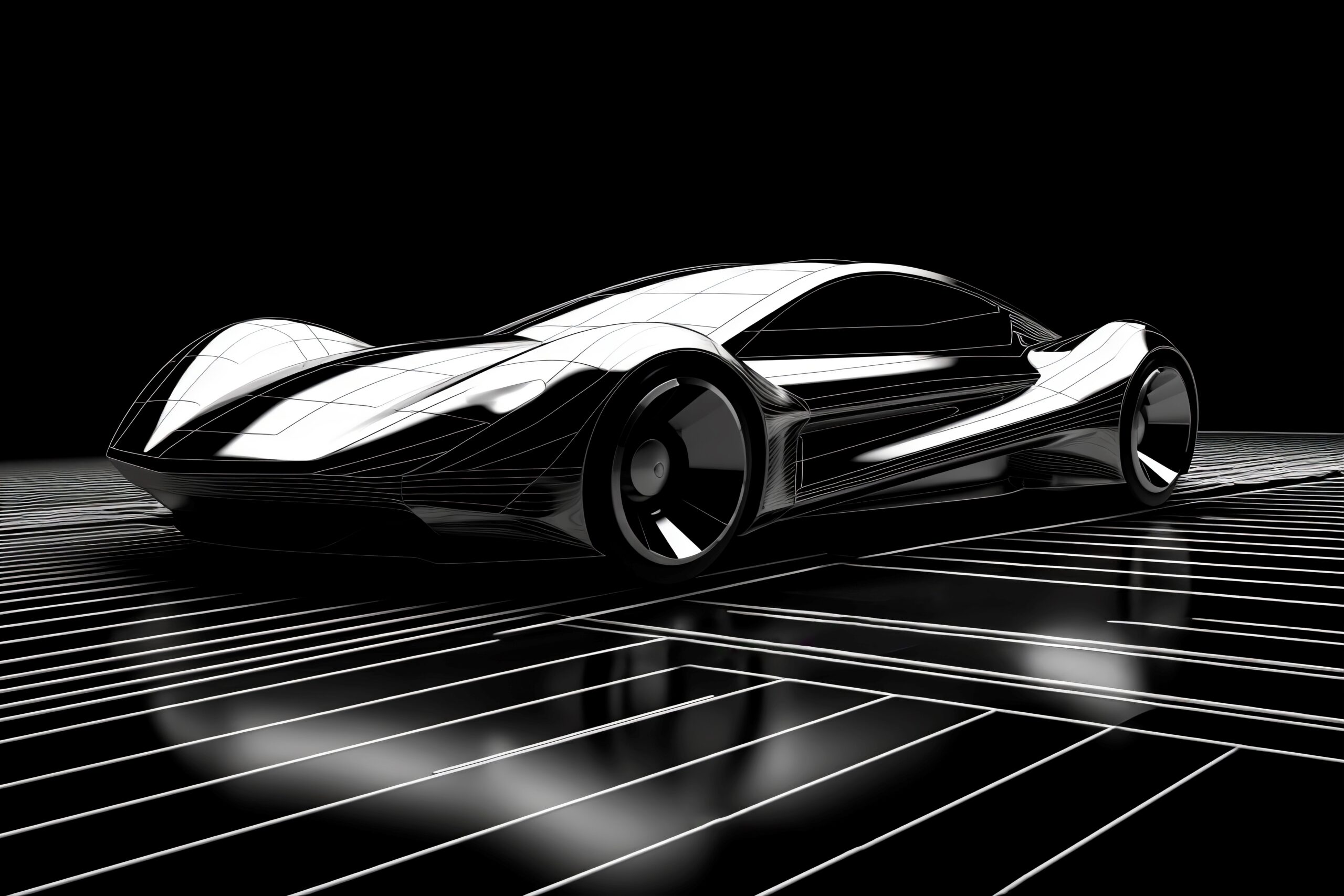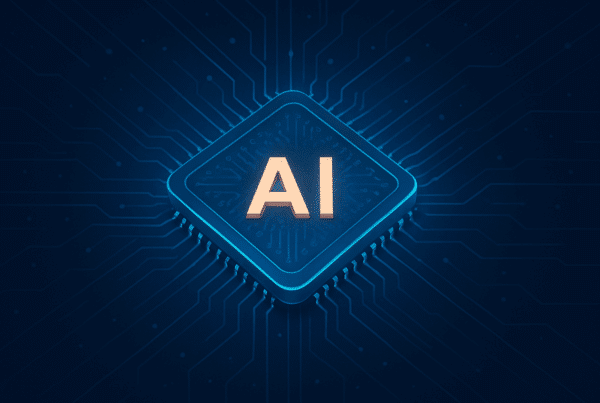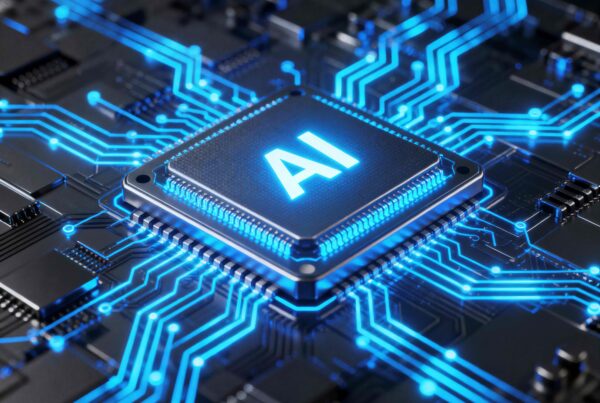The Future of Automotive Design: The Case For and Against AI Integration
The automotive industry is experiencing a shift, with Artificial Intelligence now playing a major role in the design process. AI promises to revolutionise the way vehicles are conceived, manufactured, and personalised. But while many see it as the key to faster, more efficient, and more innovative design, others have concerns about its potential downsides. We wanted to explore both sides of the argument and consider how AI could shape the future of automotive design.
Our Case For AI in Automotive Design
Efficiency and Speed
The automotive design process has always been lengthy and complex, often involving many revisions and countless prototypes. AI can speed up this process by automating routine tasks such as testing aerodynamics, simulating performance, or even generating multiple design iterations at once. This means designers can focus more on refining creative ideas rather than getting bogged down in time-consuming details. With AI, it’s possible to test a vast array of design possibilities in a fraction of the time it would normally take, enabling faster turnarounds on new concepts.
Data-Driven Insights
AI excels in data analysis. By processing large sets of data (such as consumer preferences, past vehicle performance, and environmental factors) AI can help designers make informed, data-backed decisions. For instance, AI can predict how changes in the shape of a car will impact fuel efficiency or suggest new materials that reduce weight without compromising strength! This not only ensures the final product is optimised for performance but also makes the design process more objective, reducing the reliance on subjective decisions.
Personalisation at Scale
AI enables the creation of highly personalised vehicles tailored to individual needs and preferences. By analysing customer data, AI can suggest features or design elements that would appeal to specific users. This could include everything from interior layouts to driving modes and tech features. AI allows car manufacturers to offer bespoke options without completely redesigning the car each time. Personalisation becomes more accessible and scalable, enhancing the customer experience and potentially increasing sales.
Sustainability and Safety
AI can help optimise both the sustainability and safety of automotive design. By analysing real-time data, AI can suggest materials that are both eco-friendly and efficient. It can also simulate various safety scenarios, ensuring that vehicles meet or exceed safety standards before physical prototypes are built. These efficiencies can reduce waste, speed up compliance with regulations, and ensure safer vehicles without the need for excessive testing.
Our Case Against AI in Automotive Design
Loss of Creativity and Human Touch
Car design is an art form as much as it is a science. The human touch, creative intuition, the understanding of cultural context, and a passion for aesthetics, has traditionally driven the most iconic designs. While AI can suggest modifications based on data, it can’t replicate the unique vision and emotion that human designers bring to the table. Over-reliance on AI could result in vehicles that, while efficient, lack the soul and character that have defined some of the most beloved designs in automotive history!
AI Can’t Innovate, It Imitates
AI thrives on data, but its suggestions are often based on past trends or existing designs. It’s great for incremental improvements but less effective at creating groundbreaking, out-of-the-box ideas. For instance, AI might not be able to envision a radically new shape or concept that challenges the current norms. The concern is that AI may hinder true innovation, leading to safer but less inspiring designs. Think about the iconic designs of the past. Would they have been possible if AI had been around then? Some argue that AI’s reliance on historical data could prevent the disruptive leaps that push the industry forward.
Ethical and Legal Issues
As AI becomes more involved in the design process, questions around intellectual property (IP) and ownership arise. If an AI creates a design or makes significant contributions to a car’s overall aesthetic, who owns that design? Is it the company that developed the AI, the designers who used it, or the AI itself? There are also concerns about the long-term impact on employment. With AI handling more of the design process, could jobs be lost? As AI becomes more sophisticated, it may be able to take on tasks that were once the domain of human designers, modellers, CMF and CGI artists, potentially displacing workers in the industry.
Risk of Homogenisation
AI is great at finding patterns, but there’s a risk that it could lead to a homogenisation of car designs. By continually optimising for efficiency, safety, and market trends, AI might push designs towards a standardised look, with fewer standout models that break the mould. Cars could become more ‘uniform’, lacking the diversity of styles that once characterised different eras of design. If AI generates designs based too heavily on what’s already popular or safe, it might stifle the bold, unique designs that once gave a brand its identity.
Conclusion: Finding a Balance
There’s no denying that AI holds tremendous potential to enhance the automotive design process. Its ability to speed up workflows, offer data-driven insights, and facilitate personalisation is hard to ignore. However, it’s equally clear that there are concerns about the loss of human creativity, the risk of homogenisation, and the ethical dilemmas it raises.
In the future, the most successful automotive designs will likely come from a balance between human intuition and AI assistance. Designers will continue to play a crucial role in shaping the car of tomorrow, while AI will serve as a powerful tool to streamline processes, optimise performance, and create personalised experiences. Ultimately, the future of automotive design lies in collaboration. Where AI supports human creativity, rather than replacing it. By carefully integrating AI into the design process, the automotive industry can continue to innovate, producing vehicles that are not only efficient and safe but also emotionally engaging and forward-thinking.







